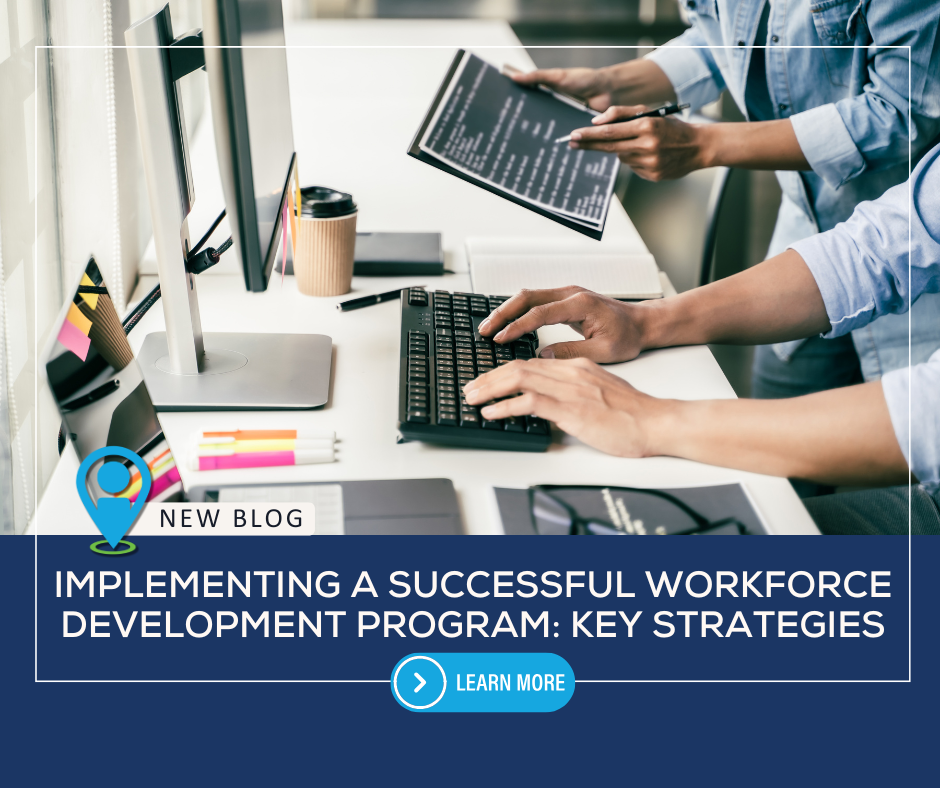Implementing a Successful Workforce Development Program: Key Strategies| RES

A successful workforce development program is essential for building a skilled, adaptable team and sustaining organizational growth. This article outlines three key components for effective implementation: conducting a skill gap analysis to create personalized development plans, using a blended learning approach to engage employees with flexible training, and establishing mentorship programs and clear career paths to foster long-term retention. By focusing on these elements, companies can empower employees, enhance job satisfaction, and develop a resilient, future-ready workforce. For organizations seeking guidance, we offer expert support in designing tailored workforce development solutions. Reach out to learn how we can help your business thrive with a program that aligns employee growth with your company’s strategic goals. Book your consultation with Resource Employment Solutions today!
In today’s fast-evolving business landscape, the importance of a well-rounded and strategically implemented workforce development program cannot be overstated. As industries and technologies rapidly change, organizations must continuously invest in their employees to remain competitive and capable of meeting future demands. For companies looking to maintain their edge, implementing a successful workforce development program goes beyond simple training; it’s about empowering employees, fostering innovation, and creating a sustainable talent pipeline.
A well-designed workforce development program enables companies to build a resilient, adaptable team while nurturing a positive company culture. This article will outline three key components of an effective program, with examples illustrating each. By focusing on these elements, your company can create a workforce that’s not only prepared for today’s challenges but primed for tomorrow’s opportunities.
Skill Gap Analysis and Personalized Development Plans
The foundation of any effective workforce development program is understanding where skills gaps exist and what future capabilities will be needed. Conducting a thorough skill gap analysis helps identify specific areas where employee development is essential, enabling the organization to tailor its approach. Personalized development plans can then be created to address the unique needs of each employee, helping them bridge skill gaps and advance in their roles.
Example: Imagine a manufacturing company aiming to implement automation in its production processes. The shift requires employees to have knowledge of robotics, data analysis, and IT. Through a skill gap analysis, the company identifies employees who need training in these areas.
By creating individualized learning plans, some team members receive hands-on training with automation technology, while others are enrolled in data analysis courses. Over time, the company not only fills these gaps but also empowers employees to take on more technically advanced roles, aligning workforce capabilities with organizational goals.
Blended Learning Approach for Flexible and Engaging Training
A successful workforce development program caters to diverse learning styles and offers flexibility in how training is delivered. A blended learning approach that combines in-person workshops, virtual classes, and on-the-job training can be highly effective. This method ensures employees can learn at their own pace while still benefiting from interactive, hands-on experience. Additionally, using online platforms for learning resources allows employees to access training anytime, anywhere, fostering a culture of continuous improvement.
Example: Consider a retail company implementing a new point-of-sale (POS) system. To ensure a smooth transition, the company offers a blended learning program. Employees complete self-paced online modules on the basics of the system, attend in-person workshops for hands-on practice, and receive ongoing support from trainers on the sales floor. By mixing these learning methods, employees feel supported and confident, ultimately making the transition seamless for both staff and customers.
Mentorship and Career Pathing for Long-Term Retention
Workforce development goes beyond immediate skills; it involves providing employees with a sense of purpose and direction within the company. Establishing mentorship programs and clear career paths can improve job satisfaction and foster loyalty, as employees feel valued and see opportunities for growth. Mentorship connects employees with experienced colleagues who can provide guidance, while career pathing outlines a roadmap for progression within the organization.
Example: In a healthcare company, mentorship programs are established for new hires, pairing them with seasoned staff who can offer advice on both clinical practices and organizational culture. Additionally, the company defines career paths, showing employees the qualifications and achievements needed to advance. By seeing a future for themselves in the company, employees are motivated to grow within the organization, reducing turnover and maintaining a stable, committed workforce.
Implementing a successful workforce development program is more than a strategic advantage; it’s a vital investment in your employees’ growth and well-being. By focusing on skill gap analysis, offering flexible learning options, and establishing mentorship and career pathing, your company can cultivate a workforce that is resilient, skilled, and committed.
If you’re ready to transform your workforce with a tailored development program, we’re here to help. Contact us to learn more about our workforce development solutions and how we can assist in building a program that fits your unique needs and goals. Let’s work together to create a brighter future for your team and your business.Book your consultation to get started with Resource Employment Solutions.
Written on behalf of RES.
The RES Onboarding Process
Our commitment to you is deeper than just providing a list of potential candidates. We are committed to designing and implementing the most effective staffing strategy for you. Here is what you can expect when you choose Resource Employment Solutions as your recruiting and staffing partner.




When you connect with Resource Employment Solutions, you will be matched with an account management team who specializes in placing top talent within your industry. You will have a dedicated recruiter or recruiting team assigned and they will remain your point of contact to understand your business and address all your staffing needs.
Frequently Asked Questions
A workforce development program is a structured approach to improving employee skills, capabilities, and career growth within an organization. It aims to enhance job performance, fill skill gaps, and prepare employees for future demands, creating a more resilient and skilled team.
A skill gap analysis identifies areas where employees lack necessary skills for current or future roles. By understanding these gaps, companies can tailor development programs to address specific needs, ensuring training investments are both effective and relevant.
Blended learning combines online modules, in-person workshops, and hands-on training. This approach is flexible, catering to different learning styles and enabling employees to engage in training at their own pace, resulting in a more effective and enjoyable learning experience.


